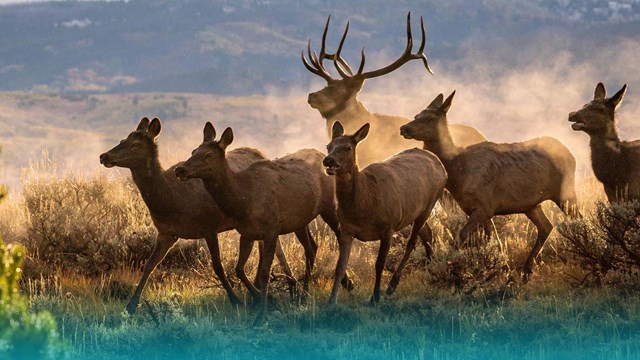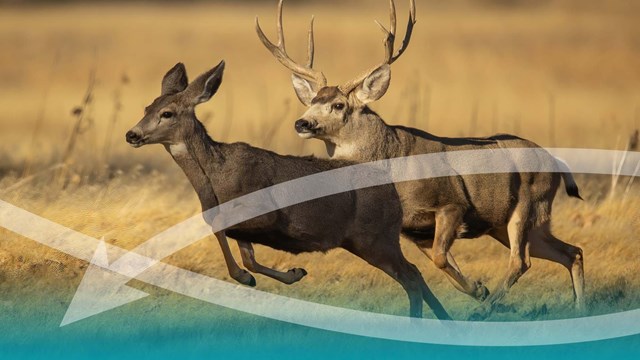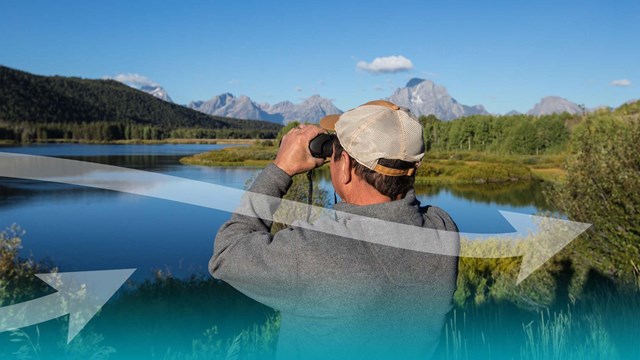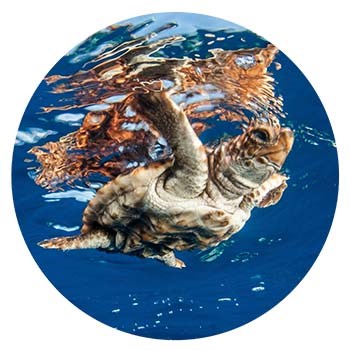
The word “migration” has a lot of meanings. For thousands of years, Indigenous people have “followed the seasons” as they harvest plants and animals across the landscape, developing an intimate knowledge of areas and resources. You could have a Great Grandpa Axel, who traveled from Sweden to the United States in 1913, looking for work and a new life. Perhaps, you and your sister escaped to another country as young children with your parents, fleeing your home? Or you might know a “Grandma Jean” who spends summers in Wisconsin and migrates to Arizona for winter as a “snowbird.” Like people around the world,
|
“When the little dudes are just eggs we leave them on a beach to hatch, and coo-coo-cachoo, they find their way back to the big ol’ blue.”– Crush, Finding Nemo, 2003
|
The eggs hatch after approximately 60 days. These hatchlings use the slope of the beach and reflections of moon and starlight on the water to guide them to the sea, where they use waves and magnetic orientation to reach their seaweed “nurseries”, home for the next 10 years. This challenging journey means only one in 1,000 to 10,000 hatchlings survive.
All five species of sea turtle are listed as either Endangered or Threatened by the Endangered Species Act. Many human activities threaten sea turtle survival, including the loss of nesting habitat due to coastal development, entanglement in fishing gear, being hit by boats, disturbance of nesting beaches, pollution in the ocean, and harvesting of eggs and adults for food and commercial purposes. Fortunately, by increasing awareness of migration and its impacts, we can take steps to mitigate these threats.

AdobeStock/329341314
Keep Humming Along
Tiny hummingbirds, some weighing a little more than a penny, undertake a remarkable migration each year. Most hummingbirds spend their winters in Central America or Mexico. Each spring, they fly north to breed as the temperature gets warmer and make their return journey in August or September.
A hummingbird’s heart may beat 1,260 times a minute and flap its wings 15 to 80 times per second while migrating. These tiny engines need a lot of energy. Like any road trip, to prepare for this journey, they need to stock up on supplies and may gain between 25-40% of their body weight before starting their migration.
Instinct tells them when it is time to leave, and they will follow the same flight path throughout their lives. Typically flying alone, though hummingbirds may gather in groups when crossing large bodies of water. Most days include stops to resupply, eating flower nectar and insects over the course of a 20-mile day. Some remarkable birds crossing between Florida and the Yucatan in Mexico will fly 500 miles nonstop in 18-22 hours!
Like many birds, hummingbird’s habitat is vulnerable across their migration range. We can help by planting native flowers or plants which are appealing to hummingbirds and avoid using chemicals which may harm birds, insects, or other wildlife.
Not all animals migrate
In Grand Teton National Park, red foxes are well adapted to spend the entire year here, from warm summers to cold, snowy winters. In summer, they will shed their guard hairs and can appear almost black, at times. Whereas in winter, that thick fur and bushy tail helps to keep them warm when temperatures plummet. Red foxes are skilled hunters as well, with a great sense of smell and hearing to track prey under the snow.
While these adaptations help red foxes stay in the same area year-round, many animals need to move from one habitat to another as they look for resources to survive. What sort of things do animals need? Much like people or red foxes, they need food, water, shelter, a place to reproduce, and perhaps, like Grandma Jean, just nicer weather? Migrating animals may not have a particular adaptation to remain but are well adapted to travel and find these important resources.


Left image
Fox and kit in summer
Right image
Fox on top of the snow

Grand Teton is a renowned for its abundant wildlife, but many of the animals that call the park home only live here part of the year.

Traveling hundreds of miles over mountain passes and fording wide rivers mule deer migrate to survive.

What can you do to help wildlife migrations?
Last updated: November 9, 2023


